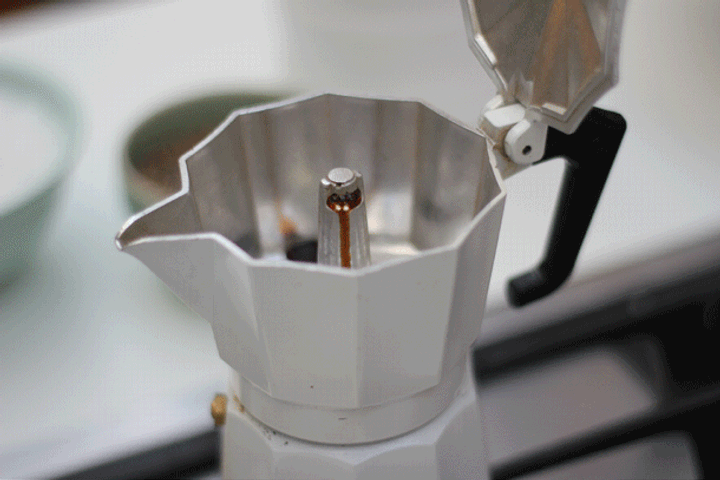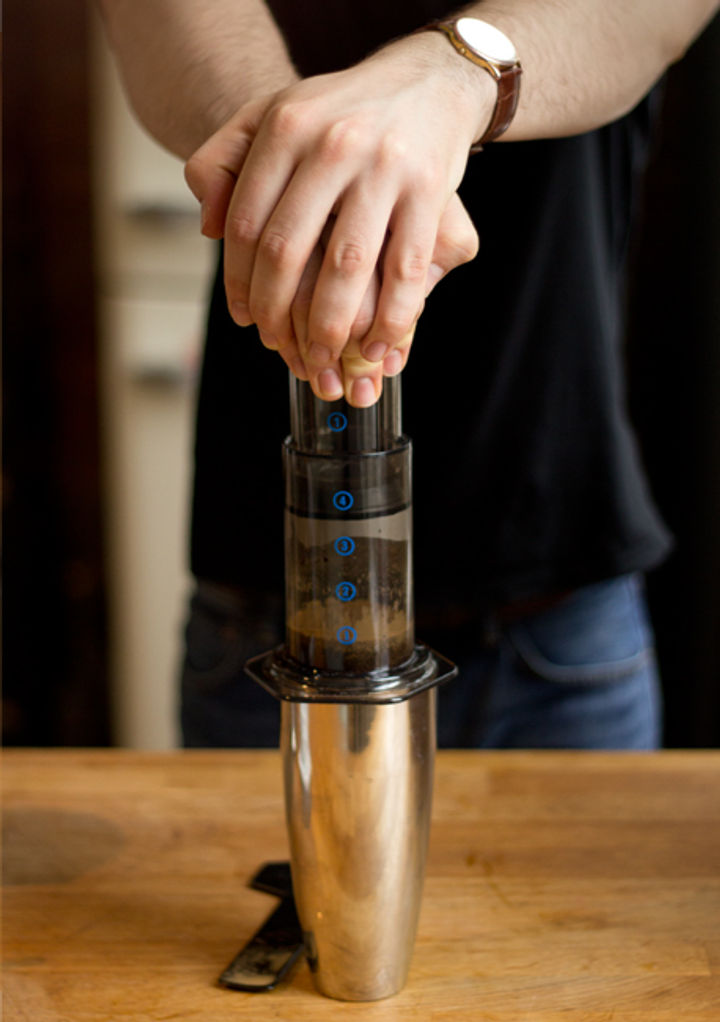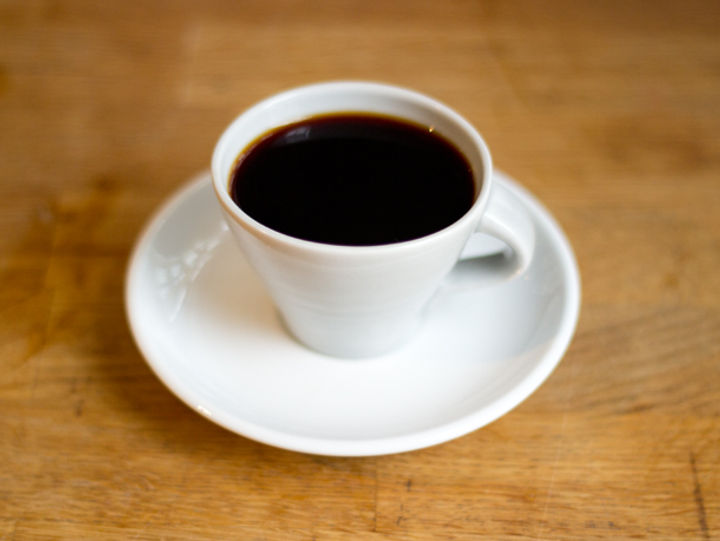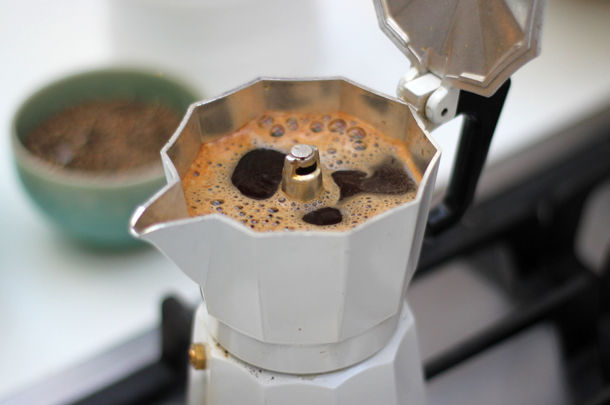Nobody could deny that the world of coffee can be intimidating. Despite being a huge fan of the drink (obviously), I understand how utterly insufferable geekery on the subject can be. Most coffee drinkers couldn’t give two hoots about brew time, grind, water temperature, roast or origin, as I’m often reminded by friends, family, colleagues and occasionally strangers in cafes.
What most consumers enjoy is the simple pleasure of the drink itself, which is why the enormous popularity of the instant coffee or Nespresso machine is so understandable; foolproof, quick, and produces no mess.
Really excellent coffee is an art but, for many people, art is neither appropriate nor desirable as part of a daily routine. Truly understanding coffee takes time, patience and genuine inclination, and this, coupled with the need for access to expensive, specialist equipment, is especially true of espresso.
The traditional espresso
Espresso is a dangerous beast, because the drink’s intensity means bad flavours – oily, sour, hyper-acidic – can become overwhelmingly obvious. Almost anything can be masked by rich milk or sweet syrups, which is why coffee chains can get away with their often-horrifyingly sour espresso. However, by the same token, espresso can bring out the flavours of good coffee magnificently.
The flavour, of course, is not just down to the coffee. The contributing factors to good, traditional espresso are many: dose (weight) of coffee, roast date and darkness, grind consistency (espresso grind is far finer than filter), steady water temperature, length of extraction… the list goes on. All of that means good-quality coffee and large, impractical and very expensive equipment.
The cheat
So what options are open to those who can’t invest the money and time necessary to perfect a true espresso? In my experience there are two that are reasonable for both the wallet and average kitchen – the moka pot and the AeroPress.
Espresso-lovers will be clamouring that what the AeroPress produces is not in fact true espresso but a very strong filter coffee. They will likely also be spitting with rage over the fact that neither produce a “crema” – that gorgeous, velvety, golden foam that sits on top of espresso. However, for a cheat’s version that you can incorporate into your daily grind, these two methods can, with good ingredients, produce a gorgeous taste and are well worth the time of coffee enthusiasts of all levels.
Long before I knew anything at all about coffee, I used a moka pot – or a stovetop espresso maker as they’re often referred to. In those days I knew nothing whatsoever of roasts or grind consistencies, which is probably why my memories of these early cups are filled with bitterness and pulled faces.

It’s remarkably easy to screw up a stovetop coffee because it is still somewhat dependent on roast, grind, water and brew time. It is also frustratingly difficult to keep your moka pot free from that awful metallic taste that creeps up on them after very little use. With all this in mind, I’d say that the moka pot is a fairly admirable way of achieving a cheat’s espresso, but still too much of a specialist procedure with too much potential for error. It’s therefore somewhat surprising that the moka pot is perhaps the most commonly-used economical method of producing an espresso-like drink in the home.

The AeroPress, on the other hand, is specialist only in terms of the quality of the coffee it produces. I use mine daily because of its practicality, its efficiency and, above all, its unfailing guarantee of a magnificent cup of coffee – although 99% of the time I use it for filter-style.
The machine’s magnificently simple design means it can produce almost any ratio of coffee to water, including short and very strong coffee – much like espresso, albeit without the crema. Keeping your AeroPress clean is also beyond easy – once the grounds and circular paper filter have been compressed into a kind of puck, it can simply be popped into the compost (not the bin – don’t be that person), and that’s it – no scrubbing to ward off the oily residue of coffees past. On top of all that, it costs around the same as a reasonable meal out and will probably last you forever (I say probably because, to my knowledge, no AeroPress has ever broken).

There aren’t many instances in which I drink espresso at home – usually it’s for use in baking, or for making long, sinful milky drinks, or even making my own espresso martinis.
It was, in fact, Gennaro’s recent recipe on Drinks Tube for that delightful dark cocktail that inspired me to write this article. Superb as the Italian stallion’s recipe is, it calls for “good espresso” and, well, most people don’t have the good fortune of having one of the gorgeous espresso machines behind the bar at Jamie’s Italian.

If you need espresso at home and don’t fancy forking out for a piece of expensive machinery, my heartfelt recommendation is the AeroPress – however, of course, coffee is a very personal thing.
How do you make your espresso? Let me know and, please, purists, direct all bilious feedback to my editor, for I will frankly be off sipping my cheat’s espresso with ice and vodka and laughing to myself.


















